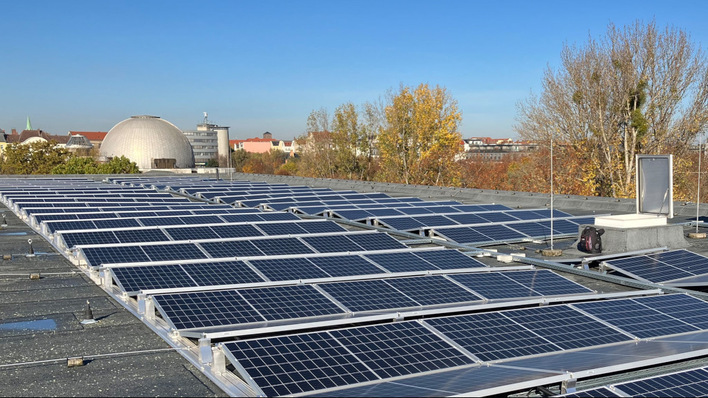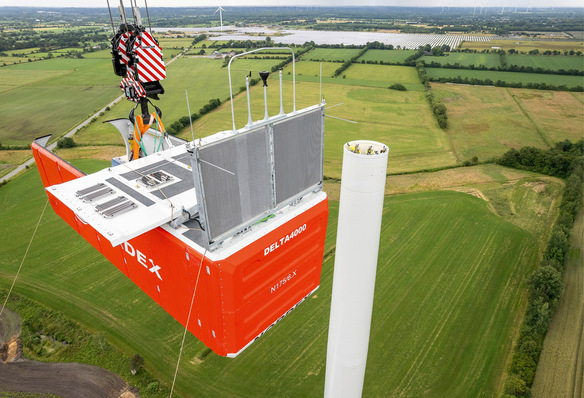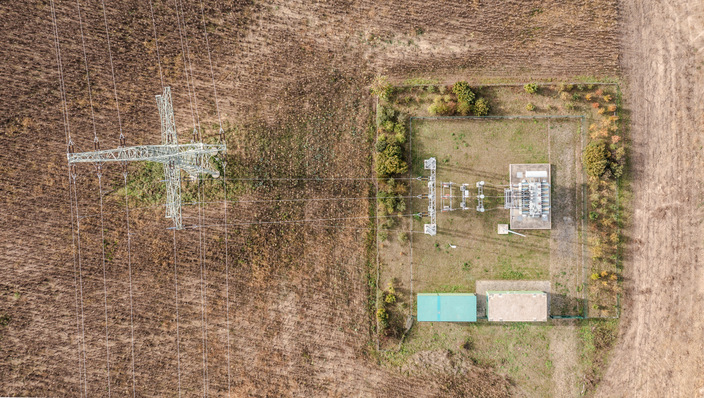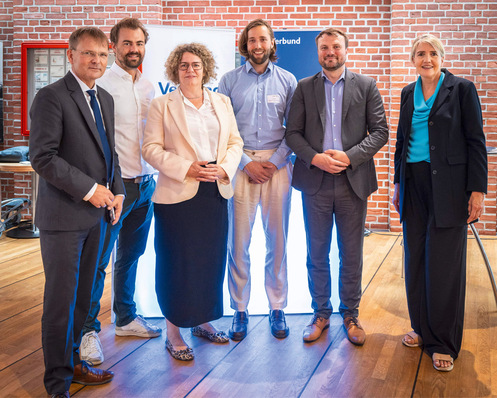This week, the 2010 edition of the "Freeing the grid" report (PDF) was released. A joint effort by the Network for New Energy Choices, the Vote Solar Initiative, the Interstate Renewable Energy Council (IREC), and the North Carolina Solar Center, the report provides an annual overview and analysis of state policies for renewables, especially photovoltaics. The grades – which range from A to F, with no E being given, as is usual in the US – are broken down into two categories: net-metering and interconnection procedures. In both categories, the study found that considerable progress had been made over the past four years.
In terms of net-metering, the number of states that received an A or B rose from 13 states in 2007 to 37 states this year. Net-metering is a policy in which our consumers can offset their own consumption with their solar power produced. The question of what happens with any solar power produced in excess of what is consumed from the grid is crucial in this respect. Most commonly, utilities like to pay nothing for this solar power, although it generally offsets peak demand.
In terms of interconnection procedures, 20 states received an A or B, up from a single B in 2007. Here, the question is whether state procedures make it unnecessarily expensive and time-consuming to connect solar roof systems to the grid.
While the study admittedly provides perhaps the best overview and analysis of state policies, therefore making it especially useful for solar investors looking for states to do business in, the study – like practically every other study produced in the US – does not even consider international policies. Thus, Massachusetts and Utah are the only states to receive top marks for their policies (both net-metering and interconnections), but foreign readers will be surprised to see that Massachusetts only installed 18 megawatts in 2009, the last year under review. Indeed, cumulative per capita installed PV was only above 20 watts in California and New Jersey by 2009, just under a sixth of the roughly 122 watts per capita for Germany in 2009 – and the German average will probably rise to around 225 watts per capita by the end of 2010.
A closer look reveals that Massachusetts' policy, which the study gave the highest marks, has an aggregate capacity limit of "one percent of [the] utility's peak load"; the study recommends increasing overall enrollment "to five percent of peak load" and including "all utilities" – obviously, the state policy does not cover the entire state. The policy applies not only to photovoltaics, but also CSP, wind, biomass, small hydroelectric, and "other distributed generation technologies."
Like Massachusetts, Utah has a system capacity limit of two megawatts, though that is the ceiling for nonresidential in Utah; the ceiling for residential is 25 kilowatts. Here, different rules also apply depending on the utility for the aggregate capacity limit: 20 percent of peak demand for the investor-owned utility (IOU), Rocky Mountain Power; 0.1 percent, for co-ops. The policy for "net excess generation" is also interesting in terms of the top grade the study gave the state of Utah. Excess power is rolled over to the next month's power bill at the retail rate for the IOU and at the lower "avoided-cost" rate in the case of co-ops, but only for a 12-month period. At the end of each year, any excess power left over is "granted to [the] utility," which essentially means that solar investors are giving power to their utilities for free.
If you are wondering why net-metering is so popular in the US, look no further – how can you expect utility companies to oppose getting free peak power production from their customers? But why do solar activists like the ones behind this study praise such policies?
The limits on aggregate capacity also seem completely unjustified from a European perspective. In 2010 alone, Germany will install more than 10 percent of its overall generating capacity (generally no more than 80 gigawatts) as photovoltaics alone, and between wind power and photovoltaics, the cumulative aggregate capacity is already far above 50 percent. You have to do this if your goal is 100 percent renewables.
So if you are a solar investor looking for a quick way of shortlisting the best US states to do business in, look no further than this study. And if you are wondering why the US is moving slow slowly with renewables, look no further than this study. (cm)






